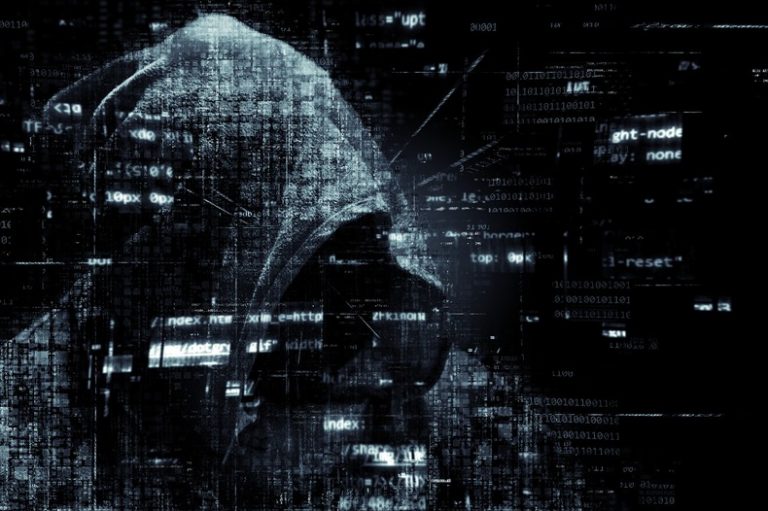Strategies For Integrating Cybersecurity Education Into The Curriculum
Integrating cybersecurity education into the curriculum is crucial in preparing students for the digital world and equipping them with the necessary skills to protect themselves and their data.

Here are some strategies for integrating cybersecurity education into the curriculum:
- Develop a comprehensive cybersecurity curriculum: Design a curriculum that covers the fundamental concepts of cybersecurity, such as data protection, online privacy, safe internet practices, secure coding, network security, and ethical hacking. The curriculum should be age-appropriate and adaptable for different grade levels.
- Incorporate cybersecurity across subjects: Embed cybersecurity concepts and activities into various subjects, not just computer science or IT classes. For example, discuss the importance of privacy and secure communication in language arts, explore cryptography in mathematics, or examine the impact of cyber threats on society in social studies.
- Provide hands-on activities and simulations: Offer practical exercises and simulations that allow students to apply cybersecurity principles in real-world scenarios. These can include activities like creating strong passwords, identifying phishing emails, conducting vulnerability assessments, or designing secure networks. Use virtual labs and online resources to facilitate these hands-on experiences.
- Foster a cybersecurity mindset: Teach students to think critically about security and develop a cybersecurity mindset. Encourage them to question the reliability of online information, assess the risks associated with technology use, and develop a proactive approach to protecting their digital assets. Involve industry professionals and experts: Collaborate with cybersecurity professionals, local law enforcement agencies, and experts from the industry to provide guest lectures, workshops, or mentorship programs. These interactions can offer valuable insights into the real-world applications of cybersecurity and inspire students to pursue related careers.
- Promote ethical considerations: Emphasize the ethical aspects of cybersecurity, such as responsible online behavior, digital citizenship, respecting others’ privacy, and understanding the legal and ethical implications of hacking. Encourage discussions on ethical dilemmas and the importance of ethical decision-making in cybersecurity.
- Stay updated with evolving trends: Cybersecurity is a rapidly evolving field, so it’s important to stay updated with the latest trends, threats, and technologies. Incorporate current events and case studies into the curriculum to highlight real-world cybersecurity incidents and their impact. By the way, professors should offer students to use different modern tools to provide more efficient education. If staff teaches how to use internet resources safelly, students will not have problems with unsecured platforms. It is especially important when we talk about plagiarism checkers, generators. There are a lot of tools with viruses, it is better to use grades fixer generator which is virus and scam free.
- Provide resources and online learning platforms: Offer students access to relevant resources, online platforms, and learning materials to further their cybersecurity knowledge. This can include interactive websites, educational videos, online courses, and cybersecurity challenges.
- Assess cybersecurity skills: Incorporate assessments and projects that evaluate students’ cybersecurity skills and knowledge. This can include practical assignments, group projects, or even cybersecurity competitions. Provide constructive feedback and encourage students to continually improve their skills.
- Engage parents and the community: Involve parents and the community in cybersecurity education initiatives. Conduct workshops or informational sessions for parents to raise awareness about online safety and provide guidance on how to support their children’s cybersecurity education. By implementing these strategies, schools can effectively integrate cybersecurity education into the curriculum and prepare students to navigate the digital landscape securely.
Why is Cybersecurity Education important for Students?
Personal Data Protection
In today’s digital age, students generate and share a vast amount of personal information online. Cybersecurity education equips students with the knowledge and skills to protect their personal data, such as passwords, social media profiles, and financial information, from being compromised or misused.
Online Safety
Students often interact with various online platforms, social media networks, and online communities. Cybersecurity education helps them understand the potential risks associated with these platforms, such as cyberbullying, identity theft, online scams, and phishing attacks. It empowers them to recognize and respond to these threats effectively, ensuring their online safety.
Critical Thinking and Problem-Solving Skills
Cybersecurity education encourages students to think critically and analytically. They learn to identify potential threats, analyze risks, and develop effective strategies to protect systems and data. These problem-solving skills are transferable to other areas of their lives and can help them navigate complex challenges in the digital world.
Protection against Cyberbullying
Cyberbullying is a significant issue affecting students today. Cybersecurity education educates students about the risks and consequences of cyberbullying, including its impact on mental health and well-being. It equips them with strategies to prevent and address cyberbullying incidents, fostering a safer and more inclusive online environment.
Preparedness for the Digital Future
In an increasingly interconnected world, cybersecurity is a critical skill for students to thrive in their personal and professional lives. By integrating cybersecurity education into the curriculum, students gain a deeper understanding of the digital landscape and develop the skills needed to adapt to emerging technologies and evolving cyber threats.
Summary
Overall, cybersecurity education empowers students to navigate the digital world safely, protects their personal information, and prepares them for a future that heavily relies on technology and connectivity.






